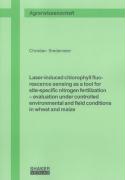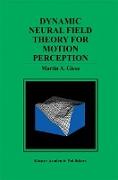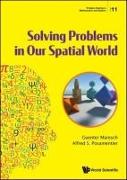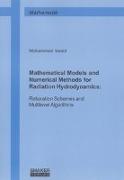Laser-induced chlorophyll fluorescence sensing as a tool for site-specific nitrogen fertilization - evaluation under controlled environmental and field conditions in wheat and maize
BücherAngebote / Angebote:
Current N fertilizer recommendations based on chemistry analysis of plant and soil have been used without considering the in-field spatial variability of N availability. They have assumed that analysis results represent the fertility status of the entire field as well as that the growing conditions within a single field are homogeneous. However, soil mineral nitrogen and plant N uptake may vary spatially in the field, thereby influencing crop N requirements for optimum yield within a field. Therefore, nitrogen management should be customized for smaller and homogeneous areas within a field, instead of managing whole fields as a single unit.
One technique to monitor the nutritional status of plants by means of remote measurements is based on the measurement of the fluorescence of plant pigments. When subjected to laser irradiation, chlorophylls are excited to higher energy states and subsequently release the excess energy as fluorescence and heat.
This book reports on experiments that were carried out under controlled environmental and field conditions using two different systems to measure the laser-induced chlorophyll fluorescence, namely a innovative tractor-mounted and a hand-held chlorophyll fluorescence sensor. The objective of this work was to evaluate the reliability of proximal remote sensing measurements of the laser-induced chlorophyll fluorescence to determine chlorophyll and nitrogen content, as well as biomass production in field-grown wheat and maize. A further objective of this study was to investigate the influence of different environmental conditions and technical set-ups on the fluorescence emission of plants.
The ratio F690/F730 was inversely related to the chlorophyll content of wheat and maize leaves. Moreover, nitrogen uptake and shoot biomass as well as different N-fertilization levels in the field could be detected by means of chlorophyll fluorescence measurements.
In contrast to point data measurements, the establishment of scanning fluorescence sensors permits to screen several leaves/plants at the same time and opens new possibilities for N status and biomass measurements. Based on these values, it will be possible to monitor online the spatial variation of the N-status and biomass production of canopies. The "on-the-go" obtained information can be combined with a fertilizing algorithm to control the amount of N fertilizer being applied (variable rate technology). The use of this technique is possible at different developmental stages with the same accuracy, even when leaf area index is low (as e.g. at the first N dressing).
A rapid assessment of N status and biomass production of field crops will be useful to determine N requirements in different parts of the field, improving crop yield, N use efficiency, and product quality, while reducing the risk of surface and ground water contamination and increasing economical returns.
Folgt in ca. 2-3 Arbeitstagen




